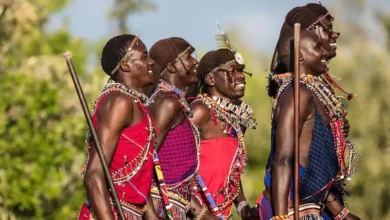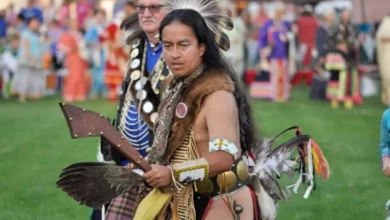Around the world, throughout history, human societies have marked the end of the growing season with celebrations of abundance, expressing thanks for the bounty of the earth. These harvest festivals are not merely occasions for feasting; they are deeply rooted in cultural, spiritual, and agricultural practices.
They offer a chance to reflect on the year’s work, acknowledge the forces of nature, and strengthen community bonds. Let’s embark on a journey to explore these fascinating rituals of gratitude across different cultures.
The Universal Significance of Harvest Celebrations
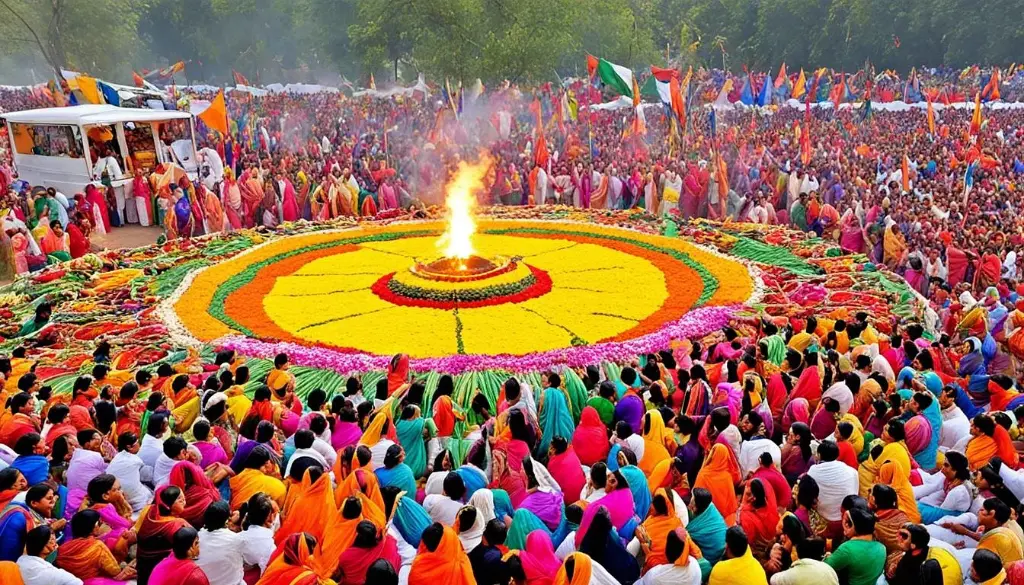
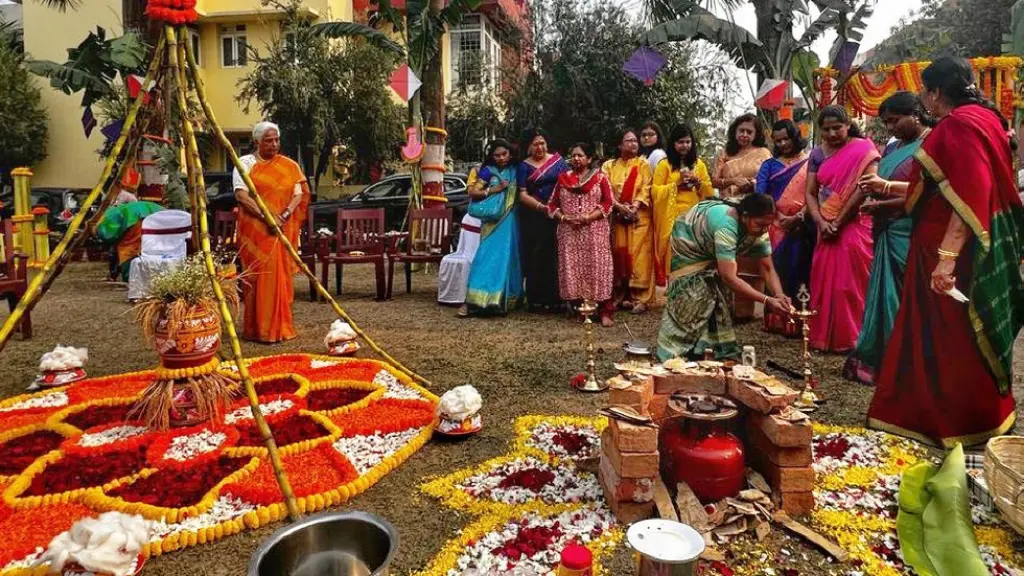
At their core, harvest festivals share a common thread: they are expressions of gratitude for a successful yield. Whether celebrating the rice harvest in Asia, the grape harvest in Europe, or the corn harvest in the Americas, these festivals acknowledge the profound connection between humanity and the natural world.
They provide an opportunity to give thanks for the food that sustains life and to recognize the hard work and dedication of farmers and agricultural communities. These celebrations often feature distinctive customs, music, and food, but the underlying theme of appreciation remains constant.
See also The Scottish Kilt: A Staple in Highland Dancing and Clan Ceremonies
The Scottish Kilt: A Staple in Highland Dancing and Clan CeremoniesCelebrating Nature’s Bounty
These festivals are more than just acknowledging crops. They often honor the natural elements – the sun, rain, and soil – which are crucial for growth. Many cultures believe in deities or spirits associated with fertility and agriculture, and these festivals serve as a way to pay homage to these higher powers. It is a recognition that human survival is fundamentally intertwined with the rhythms and cycles of nature.
Community and Connection
Harvest festivals are also vital social events, strengthening community ties and creating a sense of shared identity. Families and neighbors come together to participate in the festivities, sharing food, stories, and traditions. These communal gatherings provide an opportunity to reinforce social bonds, pass down cultural knowledge, and ensure the continuity of traditions for future generations.
Harvest Festivals Around the World: A Tapestry of Traditions
While the underlying theme of gratitude remains universal, the ways in which it is expressed vary widely across cultures. Here’s a closer look at some notable harvest festivals from around the globe:
North America: Thanksgiving

Perhaps the most well-known harvest festival in North America is Thanksgiving. Celebrated in the United States and Canada (albeit on different dates), Thanksgiving is a day dedicated to giving thanks for the blessings of the year, particularly the harvest.
See also Spiritual Cleansing Rituals: A Global Journey
Spiritual Cleansing Rituals: A Global JourneyThe holiday tradition often involves a large meal featuring staples of the autumn harvest like turkey, cranberries, and pumpkin pie. While its historical roots are complex, and involve the interaction between European settlers and indigenous peoples, it has evolved into a time for family gatherings, reflection, and charitable acts.
Key Features of Thanksgiving
- Focus on Family: A central aspect is the gathering of family and loved ones.
- Feasting: A large meal with traditional foods associated with the harvest.
- Gratitude: A time for reflection and giving thanks for blessings.
- Charity: Encouraging acts of kindness and giving to those in need.
East Asia: The Mid-Autumn Festival
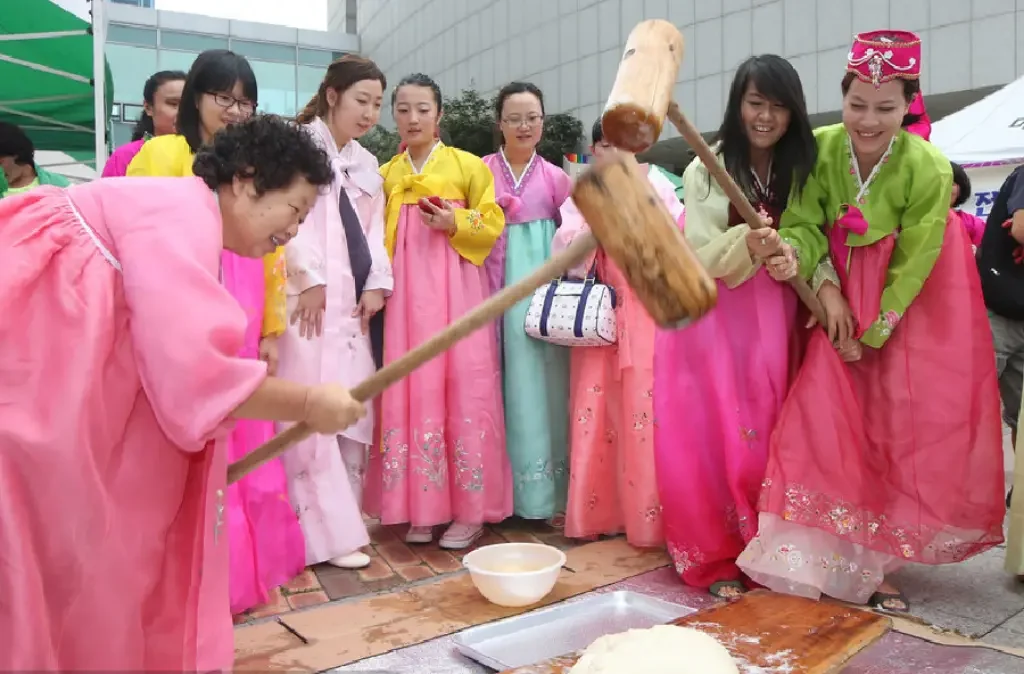
The Mid-Autumn Festival, also known as the Moon Festival or Mooncake Festival, is a significant harvest festival celebrated throughout East and Southeast Asia, particularly in China, Vietnam, and Korea. It is a time for family reunions, appreciation of the full moon, and enjoying the harvest season. A key feature is the consumption of mooncakes, round pastries filled with sweet or savory fillings, symbolizing unity and togetherness.
Key Features of the Mid-Autumn Festival:
- Moon Viewing: The full moon, representing completeness and unity, is a central focus.
- Mooncakes: These special pastries are shared and gifted to family and friends.
- Family Gatherings: Families come together for a celebratory meal.
- Lanterns: Colorful lanterns are often displayed, sometimes even released into the sky.
Japan: Niiname-sai
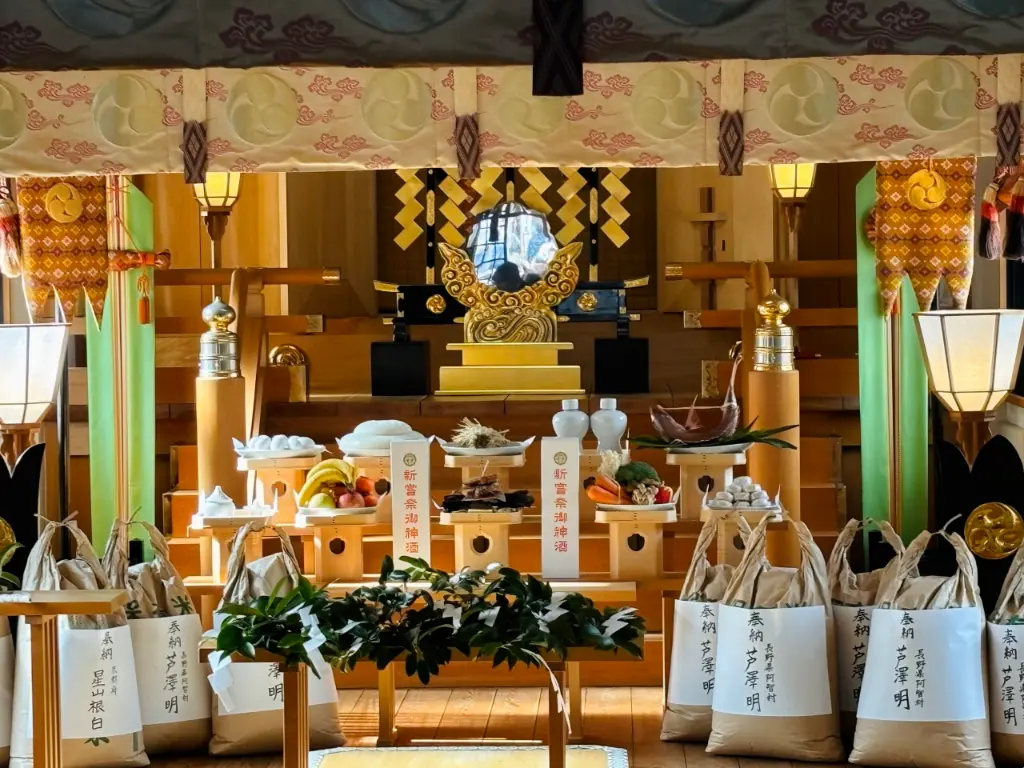
In Japan, Niiname-sai, or the Labor Thanksgiving Day, is a national holiday celebrated on November 23rd. Its roots lie in a Shinto ritual where the Emperor offers newly harvested rice to the deities. While it is now a day to appreciate labor, it also acknowledges the importance of the harvest. It is a time for families to eat the freshly harvested rice together and give thanks for the bounty of nature.
Key Aspects of Niiname-sai:
- Offering of New Rice: A tradition stemming from offering the first harvest to the deities.
- Labor Appreciation: It acknowledges the importance of work and labor in society.
- Family Meals: Sharing meals featuring the new rice with families.
Korea: Chuseok
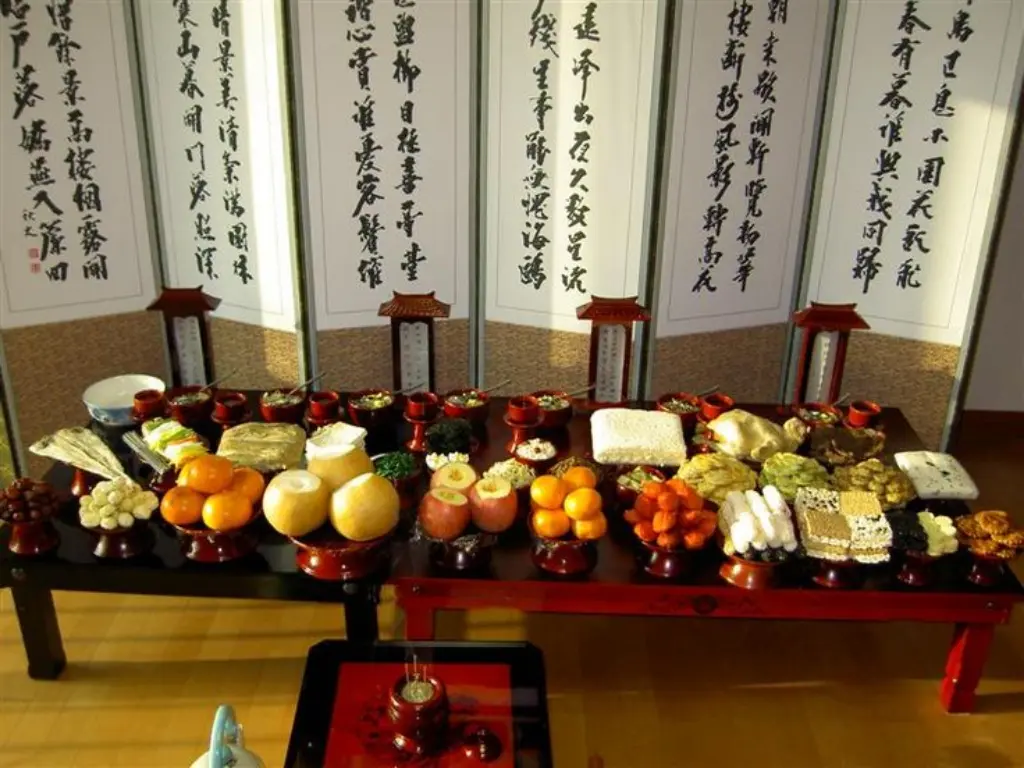
Chuseok, also known as Korean Thanksgiving, is a major harvest festival celebrated in Korea. It is a three-day holiday where people visit their ancestral hometowns, pay respects to their ancestors, and enjoy the fruits of the autumn harvest. Traditional foods like songpyeon (rice cakes) are prepared, and families spend time together playing games and sharing meals.
Key Features of Chuseok:
- Ancestor Veneration: Families pay respects to their ancestors at their gravesites.
- Traditional Foods: Preparing and sharing foods like songpyeon.
- Family Gatherings: Traveling to ancestral hometowns and spending time together.
- Games and Activities: Engaging in traditional Korean games and activities.
Europe: Grape Harvest Festivals and Regional Celebrations
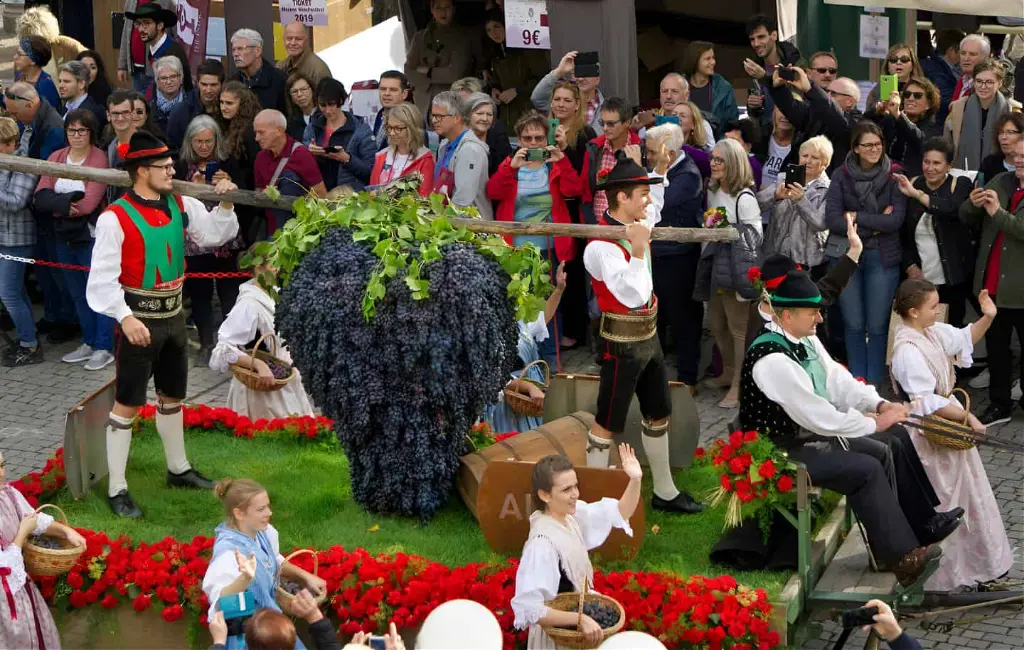
Europe is home to a myriad of harvest festivals, often deeply intertwined with regional agriculture. Many of these center around the grape harvest, with various wine festivals celebrated throughout the continent. From the grape festivals of Italy to the cider festivals of England and the beer festivals of Germany, each region has its unique way of celebrating the abundance of the harvest.
Examples of European Harvest Traditions
- Germany: Oktoberfest: Celebrated in Munich, this festival originally celebrated the wedding of Crown Prince Ludwig and Princess Therese, but has become a world-renowned celebration of beer and Bavarian culture, coinciding with the harvest season.
- Italy: Grape Harvest Festivals: Across Italy, villages and towns host celebrations to mark the grape harvest, often involving parades, traditional music, and of course, the enjoyment of new wine.
- England: Harvest Festivals: Many rural churches celebrate harvest festivals, giving thanks for the yield of the land with displays of fruits, vegetables, and flowers, which are then often donated to charity.
Africa: Yam and New Yam Festivals

In various parts of Africa, harvest festivals are celebrated, often revolving around the yam, a staple crop in many regions. The New Yam Festival, celebrated in countries like Nigeria, Ghana, and Togo, is an important cultural event that marks the harvest of this staple crop. These festivals vary across different ethnic groups and locations, with different forms of traditional dances, feasts, and cultural expressions.
Key Aspects of African Harvest Festivals
- Yam as a Central Focus: Yams are the primary focus of these celebrations.
- Thanksgiving and Rituals: Often incorporating rituals to thank the ancestors and gods for the harvest.
- Feasting and Dancing: Involving traditional music, dance, and communal meals.
South America: Inti Raymi
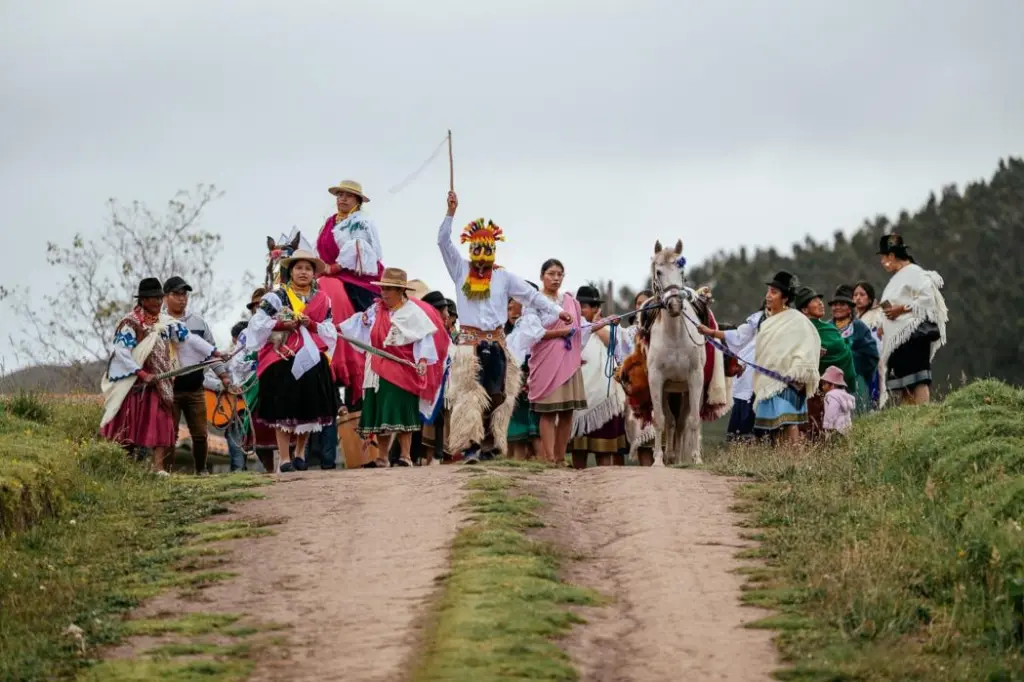
In the Andean region of South America, Inti Raymi, the Festival of the Sun, is a significant celebration that honors the sun god Inti. Although it coincides with the winter solstice in the Southern Hemisphere, it also has deep agricultural significance, often being a time of thanksgiving for the harvest and of praying for future prosperity. The festival, with its vibrant costumes, processions, and ancient rituals, is a powerful expression of cultural heritage.
Key Elements of Inti Raymi:
- Honoring the Sun God: Paying homage to the sun, an important source of life and agriculture.
- Ancient Rituals and Performances: Featuring traditional music, dance, and dramatic re-enactments.
- Celebration of Andean Culture: Showcasing indigenous clothing, customs, and beliefs.
Common Threads: What Connects these Celebrations?
Despite their diverse forms, these harvest festivals share several common threads. They all involve an element of gratitude, whether explicitly stated or implied through the acts of feasting, sharing, and giving. They highlight the importance of community, bringing people together in shared celebrations. Furthermore, they showcase the unique relationship between cultures and their environment.
The Importance of Rituals
Rituals are often central to harvest festivals. These rituals are not arbitrary actions; they are carefully choreographed activities designed to express specific beliefs and reinforce cultural values. From prayers and offerings to special dances and music, rituals connect participants with the past, the present, and the future, strengthening cultural identity.
Looking Beyond the Feast
While feasting is an important element, harvest festivals are also about looking beyond the material abundance. They offer a moment for contemplation and thankfulness. Many cultures include elements of giving back, whether it’s through donations, charity, or simply sharing food with the needy. The essence is in recognizing the collective effort involved in producing food and the responsibility we have to share it.
The Enduring Relevance of Harvest Festivals
In today’s modern world, where many people are far removed from agriculture, harvest festivals still retain their importance. They offer a reminder of our dependence on the natural world and the vital role of agriculture in our lives.
They provide an opportunity to step away from the everyday rush and connect with traditions that have been passed down through generations. By participating in these celebrations, we can deepen our appreciation for the food we eat and the cultures that sustain us.
Embracing Gratitude in Modern Life
The underlying message of harvest festivals – the expression of gratitude – is timeless and universal. Even if we don’t actively participate in a traditional harvest festival, we can embrace the spirit of thankfulness.
This could involve reflecting on our blessings, supporting local farmers, donating to food banks, or simply sharing a meal with loved ones. By acknowledging and expressing gratitude, we enhance our personal well-being and foster a sense of connection with each other and the world around us.
Keeping the Traditions Alive
These festivals are not static; they evolve and adapt to changing times. However, the core values of gratitude, community, and connection to the natural world remain essential. By engaging with these traditions, we help preserve them for future generations, ensuring that these powerful expressions of human culture and connection continue to enrich our lives.
Whether through joining local celebrations, sharing stories about our own heritage, or simply taking a moment to reflect on our blessings, we can all contribute to keeping the spirit of these rituals of gratitude alive.

